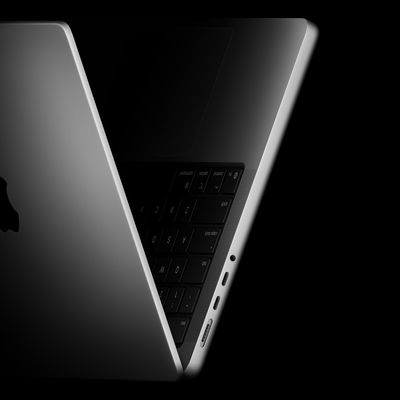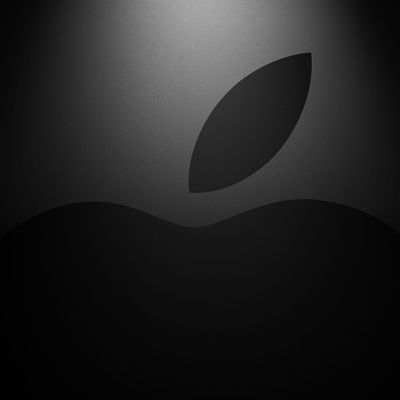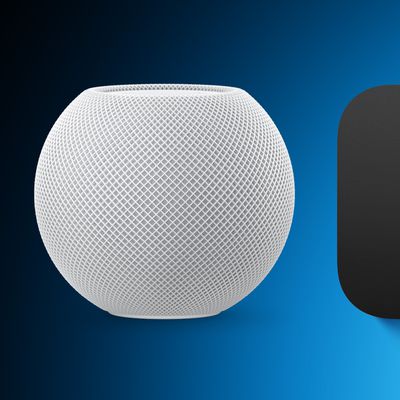Mac Update Cycle Faces Uncertainty as Intel Abandons Tick-Tock Strategy
In its latest 10-K annual report (PDF) filed last month, Intel confirmed the end of its long-heralded "tick-tock" strategy of delivering new microprocessors to the market. Intel originally introduced the product cadence to the world in 2006 with the launch of the "Core" microarchitecture, alternating "ticks" of shrinking chip fabrication processes with "tocks" of new architectures.
Over the past ten years, Intel has successively delivered new processor families based on this tick-tock cycle on a nearly annual cycle from its 65 nm manufacturing node all the way up until recently. The tick-tock release cycle allowed Intel to reestablish dominance in both the consumer and enterprise CPU markets and had given OEMs such as Apple a regular update cycle to rely on for annual product updates. But with chip updates stretching about beyond a yearly cycle in recent generations, Apple's product launch cycles have started to be affected.
In the face of the difficulties in maintaining the tick-tock cadence, Intel has announced that the launch of Kaby Lake this year as the third member of the 14-nm family following Broadwell and Skylake will mark the official end of the tick-tock strategy. Instead, Intel will move to a new "Process-Architecture-Optimization" model for the current 14 nm node and the 10 nm node.

As part of our R&D efforts, we plan to introduce a new Intel Core microarchitecture for desktops, notebooks (including Ultrabook devices and 2 in 1 systems), and Intel Xeon processors on a regular cadence. We expect to lengthen the amount of time we will utilize our 14nm and our next-generation 10nm process technologies, further optimizing our products and process technologies while meeting the yearly market cadence for product introductions.
This development is not unexpected, as semiconductor foundries have had increasingly tough times creating smaller process nodes as fabrication of smaller transistors has become increasingly expensive and complex. Transistors are rapidly approaching the physical limits of traditional semiconductor geometries, and the famous Moore's Law regarding transistor density has been formally acknowledged to no longer be valid.
Intel has no doubt moved to this new release model in an attempt to get back to a regular product and platform cadence as it struggles with the technological challenges of bringing new fabrication nodes to volume production. As noted in our Mac Buyer's Guide, many of Apple's Macs have gone without update for the longest time since we began tracking them, though Apple has yet to update to the available Skylake microarchitecture for its Mac line. Some product uncertainty is due to continue as the launch of Intel's Kaby Lake microarchitecture has been recently delayed to the second half of 2016 after Skylake suffered similar setbacks last year.
Popular Stories
The upcoming iOS 26.1 update includes a small but helpful change for iPhones, and it could prevent you from running late to something important.
Specifically, when an alarm goes off in the Clock app, there is a new "slide to stop" control on the screen for turning off the alarm. On previous iOS 26 versions, there is simply a large "stop" button, which could be accidentally tapped.
The new ...
Apple has just given a strong indication that it will not be releasing any additional new Macs for the remainder of the year.
Apple's CFO Kevan Parekh dropped the hint during the company's earnings call on Thursday:On Mac, keep in mind, we expect to face a very difficult compare against the M4 MacBook Pro, Mac mini, and iMac launches in the year-ago quarter.Parekh essentially gave a heads up ...
Apple is expected to launch a new foldable iPhone next year, based on multiple rumors and credible sources. The long-awaited device has been rumored for years now, but signs increasingly suggest that 2026 could indeed be the year that Apple releases its first foldable device.
Below, we've collated an updated set of key details that have been leaked about Apple's foldable iPhone so far.
Ove...
Apple is planning to launch at least 15 new products in 2026, according to Bloomberg's Mark Gurman.
Gurman outlined what to expect from Apple in 2026 in the latest edition of his "Power On" newsletter. He said the company is heading "into one of its most pivotal years in recent memory," with the rollout of major new Apple Intelligence features, intense regulatory pressure on the App Store,...
Apple's iPhone 18 Pro models could be available in new rich and warm color option, according to a known leaker.
The Weibo user known as "Instant Digital" today suggested that next-year's iPhone 18 Pro models will be available in at least one of the following color options: Coffee, purple, and burgundy.
The iPhone XR, iPhone 11, iPhone 12, iPhone 14, and iPhone 14 Pro were all available in ...
In his "Power On" newsletter, Bloomberg's Mark Gurman today provided an update on the status of Apple Intelligence and the plans for it in 2026.
Apple is still planning to roll out its revamped version of Siri around March of next year. The release should be accompanied by the release of a new smart home display product with speaker-base and wall-mount options. A new Apple TV and HomePod...
A new Apple TV and HomePod mini could launch as soon as this month, Bloomberg's Mark Gurman today suggested.
In today's "Power On" newsletter, Gurman said that Apple retail stores are planning an overnight refresh on the evening of November 11, where changes will be made after closing, such as refreshing displays and placing new products for the following day.
The timing of the overnight...
Apple's iPhone development roadmap runs several years into the future and the company is continually working with suppliers on several successive iPhone models at the same time, which is why we often get rumored features months ahead of launch. The iPhone 18 series is no different, and we already have a good idea of what to expect for the iPhone 18 Pro and iPhone 18 Pro Max.
One thing worth...
Apple is about to drop iOS 26.1, the first major point release since iOS 26 was rolled out in September, and there are at least six notable changes and improvements to look forward to. We've rounded them up below.
Apple has already provided developers and public beta testers with the release candidate version of iOS 26.1, which means Apple will likely roll out the update to all compatible...
























